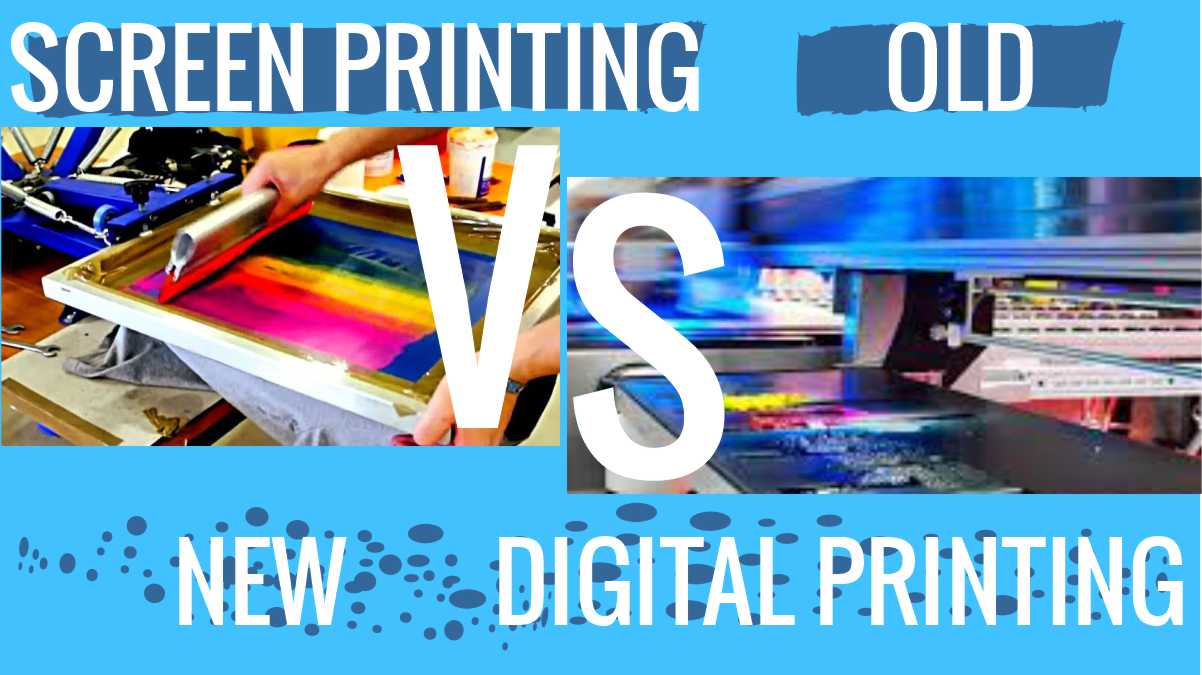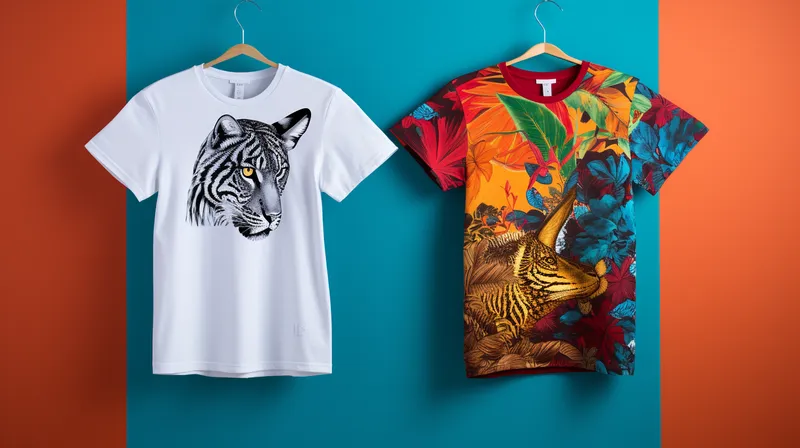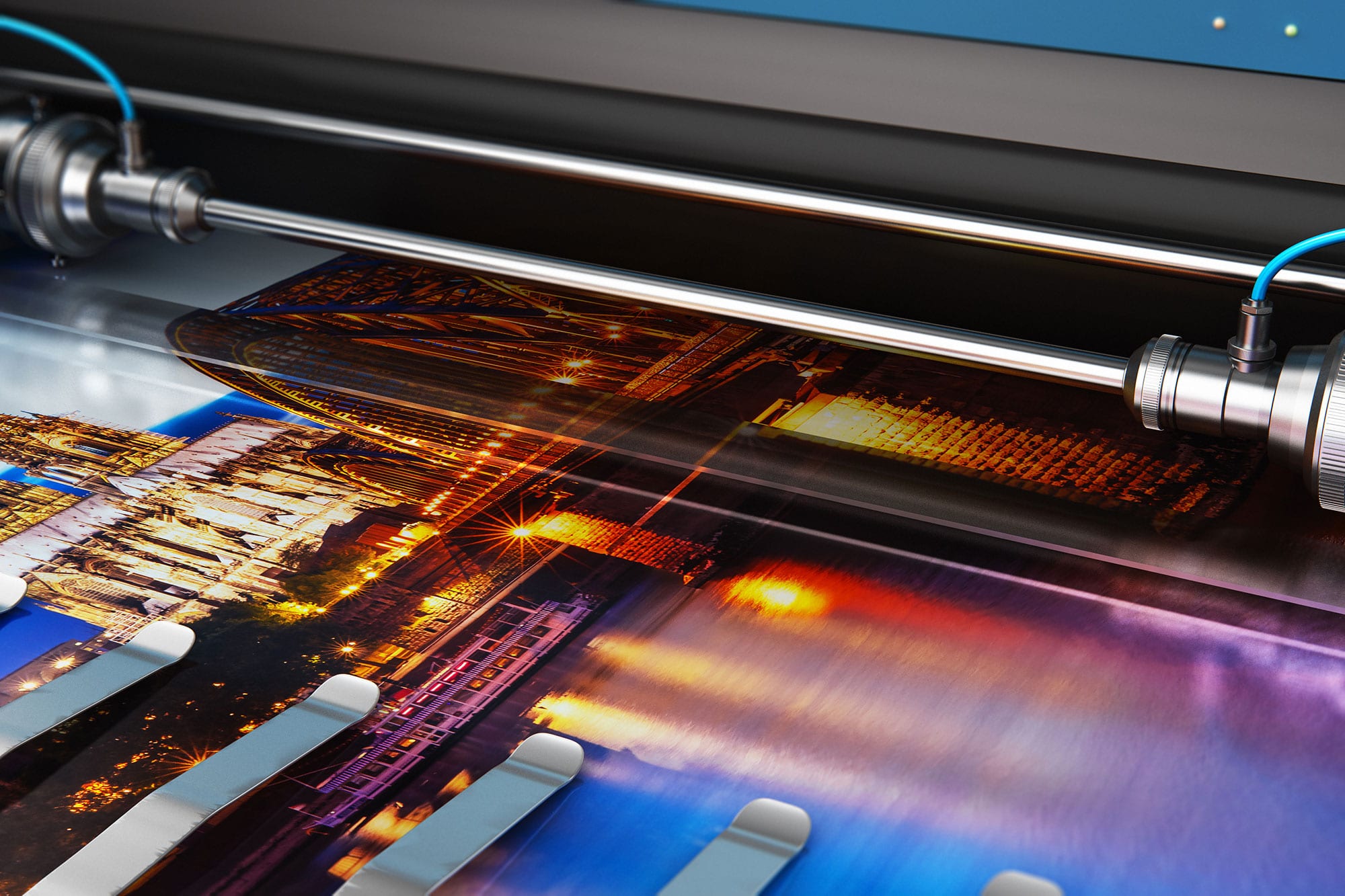
In an era defined by rapid technological advancement and shifting consumer demands, the textile industry stands at a crossroads. Digital printing has emerged as a transformative force, offering innovative solutions that cater to the evolving needs of manufacturers and designers. This article explores how digital printing technology is reshaping the textile landscape, driving creativity, sustainability, and efficiency, while positioning companies like HOLDWIN at the forefront of this revolution.
Historically, traditional printing methods, such as screen printing, dominated the textile industry. However, these methods often involve lengthy setup times, limited design capabilities, and significant waste. With the advent of digital printing, manufacturers can now produce intricate designs with unparalleled precision and speed. Technologies such as direct-to-garment (DTG), dye-sublimation, and direct-to-film (DTF) printing have gained traction, enabling companies to experiment with complex patterns and vivid colors.

Digital printing allows for an unprecedented level of customization. Designers can create bespoke textiles that resonate with consumer preferences, leading to a more personalized shopping experience. With digital technologies, small production runs are economically viable, enabling brands to respond quickly to market trends without incurring the high costs typically associated with traditional methods.

As sustainability becomes a priority in the fashion industry, digital printing presents a compelling solution. Traditional printing methods often rely on harmful chemicals and generate significant waste. In contrast, digital printing minimizes environmental impact by using water-based inks and producing less waste material. Additionally, on-demand printing capabilities mean that manufacturers can produce only what is needed, significantly reducing overproduction and inventory costs.

At HOLDWIN, we are committed to becoming a world-renowned brand in the digital printing sector. Our innovative technologies enable rapid product development, allowing us to deliver personalized solutions tailored to our clients’ unique needs. By leveraging cutting-edge technologies and maintaining a customer-centric approach, we aim to empower textile manufacturers and designers to unlock their full potential.

One of our clients, a growing fashion brand, turned to HOLDWIN to explore digital printing for their new line of eco-friendly apparel. With our advanced DTG and DTF printing solutions, they were able to create vibrant, unique designs while minimizing waste. The client reported a 30% increase in customer engagement and a significant reduction in production costs, showcasing the potential of digital printing to drive success in the textile industry.
“Working with HOLDWIN has revolutionized our production process. Their digital printing solutions allowed us to bring our creative vision to life while remaining committed to sustainability. The results have been outstanding!”
The future of textile printing is poised for exciting developments. Innovations such as 3D printing, artificial intelligence, and the Internet of Things (IoT) are set to enhance the capabilities of digital printing further. These technologies will enable manufacturers to achieve greater precision, efficiency, and customization, ultimately leading to a more sustainable and innovative textile industry.

Digital printing is not just a trend; it is a catalyst for innovation in the textile industry. By enhancing creativity, promoting sustainability, and enabling customization, it offers manufacturers and designers a powerful tool to thrive in a competitive market. At HOLDWIN, we remain dedicated to harnessing the full potential of digital printing technology, ensuring our clients can meet the demands of the future while making a positive impact on the environment.
1. Chen, Y., & Yu, J. (2020). Sustainability in digital textile printing: An overview. *Textile Research Journal, 90*(6), 785-800. https://doi.org/10.1177/0040517519836550
2. Li, X., & Wu, H. (2021). Advances in digital printing technologies for textiles. *Journal of Textile Science & Engineering, 11*(3), 1-10. https://doi.org/10.4172/2329-9877.1000305
3. Patel, R., & Gupta, A. (2022). The role of digital printing in sustainable textile production. *Sustainable Production and Consumption, 30*, 1-15. https://doi.org/10.1016/j.spc.2021.10.024
4. Zhang, L., & Wang, Y. (2023). Future trends in digital textile printing technologies. *Fashion and Textiles, 10*(1), 1-20. https://doi.org/10.1186/s40691-023-00301-1
By focusing on the innovative aspects of digital printing and HOLDWIN’s commitment to sustainability and customer-centric solutions, this article is designed to engage the target audience and highlight the transformative power of digital technologies in the textile industry.

Zhiyu is passionate about good products, good services, and good prices to let consumers know that choosing us is the right choice! For partners and end customers, we will provide one-on-one considerate smart services and provide you with more high-quality procurement solutions.